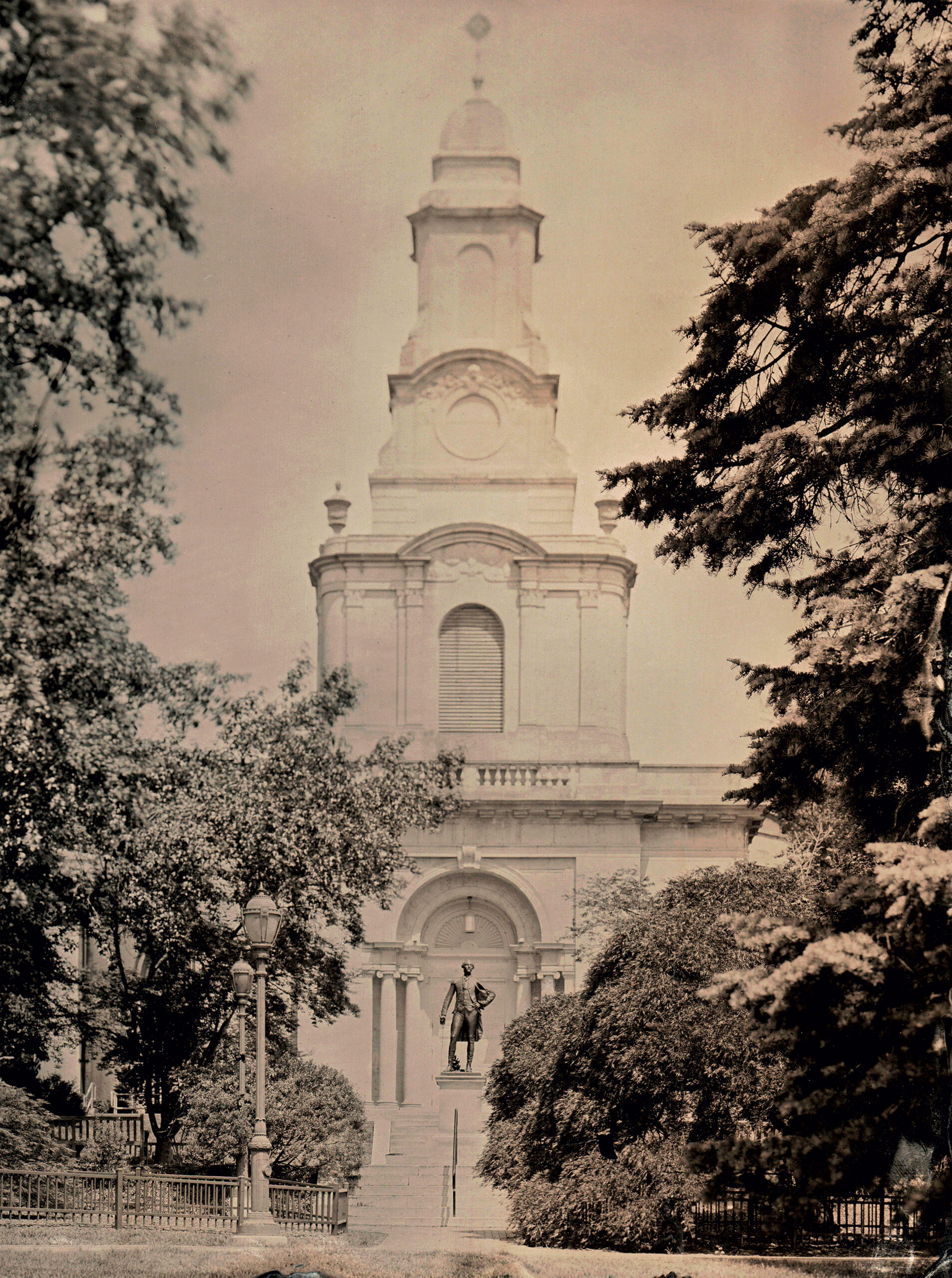March Madness bracketology
Ross Coleman ’22 helps make sense of the very unpredictable NCAA basketball tournament.
Regardless of how your 2024 March Madness bracket shaped up, there’s much to learn from the data, says Ross Coleman ’22, an algorithmic trading analyst at JPMorgan Chase & Co. in New York.
In 2022, Coleman—who majored in mathematics and economics, minored in data science, and was president of the Sports Analysts at Lafayette club—wrote an EXCEL Scholar paper to measure how college basketball teams were overrated or underrated. Titled “Using Statistical Modeling Techniques to Predict the March Madness Tournament,” his findings resulted in a playoff bracket that boasted 85% success.
Studying historical data can help determine potential winning and losing patterns. For example, there’s an “ineffectiveness” to being the No. 1 overall seed, says Coleman, or being the defending champion. (History shows that neither position is a slam dunk—although UConn was a repeat winner this spring.) “March Madness has a perfect name, because it genuinely is madness,” Coleman says. “Every year, there are at least a dozen games in the tournament that make everyone dumbfounded.”
Coleman is always intrigued to see the madness unfold. In 2023, a No. 16 seed beat a No. 1 seed; there weren’t any No. 1 seeds in the Elite Eight; nor were there any Top 3 seeds in the Final Four. “Last year was perhaps the most unexpected bracket ever,” he says. “Was that an anomaly, or is this the new norm?” It may be unpredictable, but Coleman shares some insights on winning strategies.
Don’t fixate on finding a “Cinderella” story.
“Every year, people try to pick the unexpected team to do much better than their seed suggested,” Coleman says. “It rarely works out.” Through his statistical analysis, Coleman sought to identify a “Cinderella” story—or when a low-seed team makes a deep run—and he says the results were met with little reward. “I had more success choosing which teams are worse than their seed shows, and will lose earlier than expected,” Coleman says. What might be worthwhile, he offers, is tuning in to college basketball experts, like those on ESPN, who are critical of overrated teams, like last year’s University of Arizona squad that lost in the first round.
According to Coleman, achieving even 60% of the correct picks will result in one of the best brackets of the year.
X factors will affect results.
Certain statistics can be solid indicators of a team’s success: conference losses, opponent points per game, the assists-to-turnovers ratio, etc. But there’s another factor that’s difficult to predict: humanity. “Injuries, momentum, and emotion cannot be marked on a spreadsheet,” says Coleman, who played tennis for the Pards. “This is what prevents my analysis from reaching that perfect bracket.”
The champion matters more.
Predicting the champion is arguably the most important boost to your bracket. With the winner in hand, that guarantees seven games and at least 10% of the entire bracket. “My analysis heavily focused on predicting which teams would make it to the latest rounds in the tournament,” Coleman says.
And about that perfect bracket …
Odds of a perfect bracket are astronomically slim—at least “a million different permutations when reducing it to realistic brackets,” he explains—so manage expectations. In fact, Coleman notes that achieving even 60% of the correct picks will result in one of the best brackets of the year. According to the NCAA, there’s never been a perfect bracket in tournament history, but there’s always a chance: “I will always believe that a perfect bracket can, and will, be made at some point,” Coleman says.




